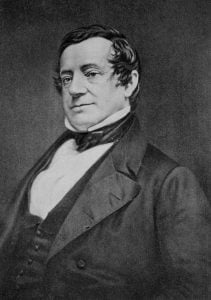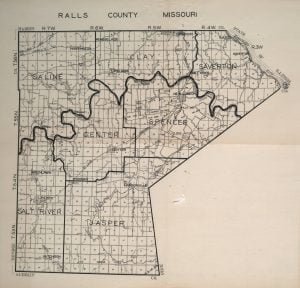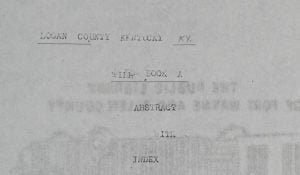Slave Narrative of Alice Battle
Interviewer: Elizabeth Watson Person Interviewed: Alice Battle Date of Interview: 1936 Location: Hawkinsville, Georgia During the 1840’s, Emanuel Caldwell—born in North Carolina, and Neal Anne Caldwell—born in South Carolina, were brought to Macon by “speculators” and sold to Mr. Ed Marshal of Bibb County. Some time thereafter, this couple married on Mr. Marshal’s plantation, and their second child, born about 1850, was Alice Battle. From her birth until freedom, Alice was a chattel of this Mr. Marshal, whom she refers to as a humane man, though inclined to use the whip when occasion demanded. Followed to its conclusion, Alice’s life … Read more













